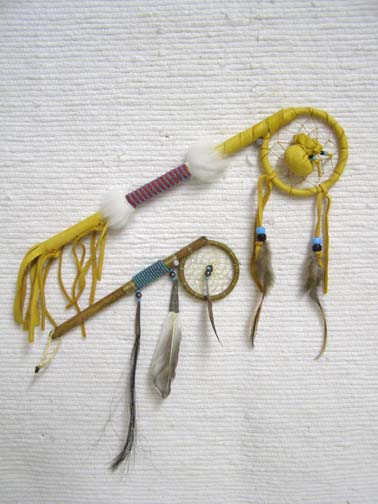
Counting coup is best described as a game of strategic warfare and, in many cases, it was considered a game of intertribal warfare. This was a tradition practiced by Native Americans of the Great Plains, and earning counting coup status was the highest honor a warrior could receive during combat.
When the warrior was close enough to his enemy, he would strike him with a skull cracker, a weapon made from desert wood, deerskin, and animal fur. Most coup sticks were decorated and adorned with a feather. The coup stick was displayed proudly by its owner, a testament to his bravery demonstrated during battle.
Counting coup required the presence of a witness who could then report the incident to the tribe Elders. The Elders would reward the brave warrior by gifting him an eagle feather. Different styles of feathers represented different accomplishments, such as wounded in battle status, slit an enemy’s throat status, and wounded in combat. The warriors would display these embellishments proudly on their regalia or headdress.
Coups were also achieved for wartime feats not involving the killing of an enemy. In Sioux culture, for example, a coup was received when a dead body was touched four times. Four warriors were allowed to touch the enemy. For this act they received a coup acknowledging their courage. The first man to touch the body had to wear his feather straight on the back of his head.
Authentic skull crackers used during battle, in addition to an array of additional artifacts, are sold at Kachina House, Arizona’s largest distributor of Native American art. Browse our selection of skull art today!


